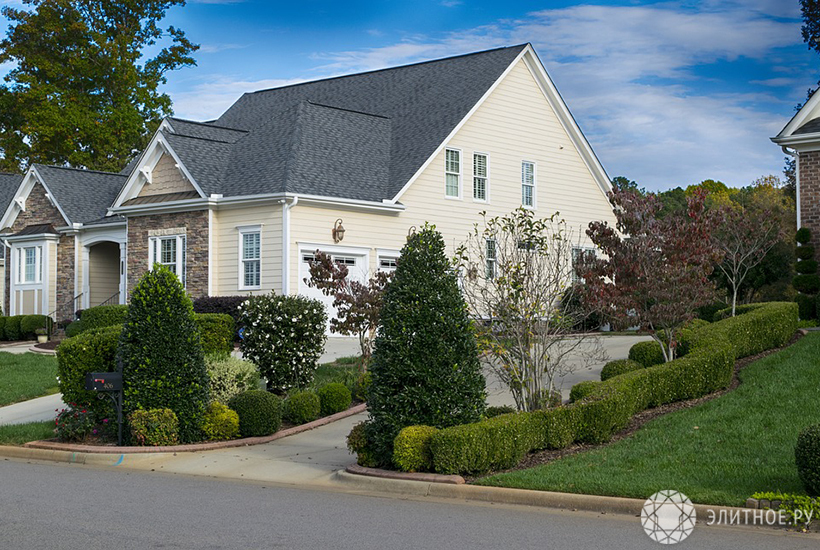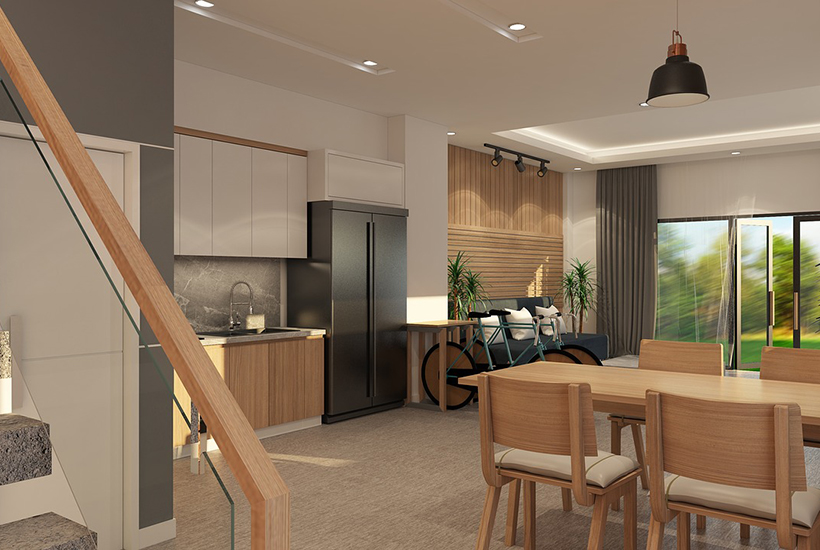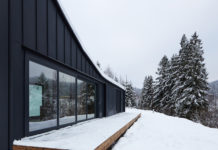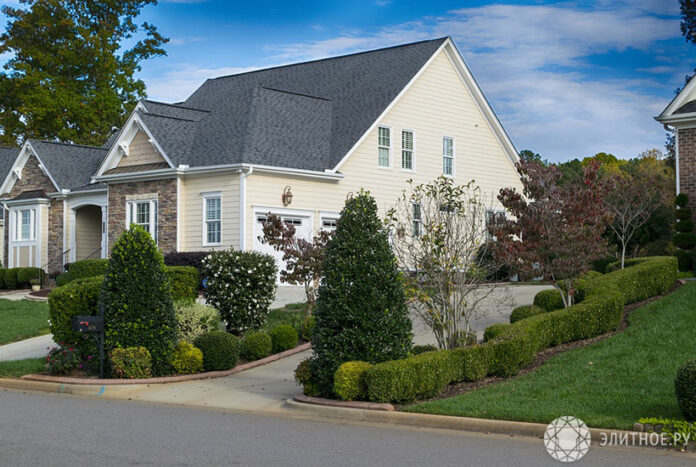Activation of generations Y and Z, popularity of remote work, communication in instant messengers, reduction in house area and changes in layouts

The suburban real estate market is witnessing a transformation of both the buyers themselves and their behavior. Experts from the Elite.ru portal decided to talk about five key changes. We will start with the target audience itself, then move on to their preferences in communication when purchasing and end with the requirements for the house itself. The article uses data from the VSN Group company.
Mortgage, purchase of turnkey houses or rental
Today, the core target audience for suburban housing has already become millennials, also known as generation Y. These are people born approximately from 1981 to 1996. These buyers are demanding and spoiled; they want high-quality properties, but they don’t like to wait. These preferences are manifested in the growing popularity of mortgages and an increase in demand for turnkey homes, ready to move in.

Millennials will soon be replaced by Generation Z (born 1997-2012). These technologically advanced and rational young people may stop buying houses altogether. Such people are interested in science, support the environmental agenda and a healthy lifestyle, and are also very independent. Most likely, representatives of this generation will en masse prefer renting a cottage to purchasing one, which will allow them not to be tied for a long time to the place or even the country of residence.
Remote work is in trend
An additional driver of demand for plots and cottages was the growing share of specialists working remotely and the expansion of the range of professions that allow working remotely. More than 50% of buyers of low-rise housing formats are typical city dwellers. The share of childless couples and bachelors is increasing, and investor interest in the “fence” is becoming higher. Changes in the market itself increase the attractiveness of suburban housing for this audience. On the one hand, there is an explosive growth in the number of infrastructure facilities in suburban locations, on the other hand, internal infrastructure in cottage villages is actively developing.

Messengers and chats instead of calls
In 2017, more than 40% of inquiries regarding the purchase of suburban housing were made by phone calls. In 2023, the share fell to 26%, and the remaining 74% of buyers, if given a choice, would prefer to communicate in instant messengers and chats.
Online real estate showings and electronic registration of transactions are also increasingly in demand. Online displays appeared during the restrictions of the 2020 pandemic, but even now few people decided to abandon this format, because buyers appreciated its convenience. In the recent past, electronic registration of transactions accounted for 0%, and currently their share has reached 90-95% in some companies. Thus, 90% of mortgage transactions in the Moscow region are now registered in this way.
The lower the area and price, the better
Against the backdrop of high economic turbulence, purchasing behavior and preferences are transforming especially noticeably. The suburban segment is experiencing a real revolution in demand. Since the 2000s, the average square footage of homes has more than halved and continues to decline. Now the footage is about 120-130 square meters. meters, while the popularity of very small houses with an area of less than 100 square meters is increasing. The highest demand is for the most affordable options in each sub-segment of the exhibition. In addition, the final “decoupling” of demand from fluctuations in the ruble exchange rate was noted. Also, buyers are redistributed from one construction technology to another depending on changes in the cost of certain building materials.
Functional layouts
When the required area of a cottage is reduced, buyers are not ready to give up the functionality of housing. Developers and designers are forced to offer increasingly optimized, rational and thoughtful planning solutions. Every sq. meter of space is designed to be useful to residents.

Loss of space on corridors and unreasonably complex room configurations are a thing of the past. Interest in master bedrooms is growing, and the number of bathrooms and dressing rooms is increasing. In the future, the demand for warm garages with a separate entrance to the household, storage rooms next to the kitchen area and houses with two living rooms may increase. The demand for one-story cottages is actively growing. Already now, almost half of buyers choose them, even despite the relative high cost of this option.
Elite.ru has There is a channel on Telegram.
Subscribe!
















